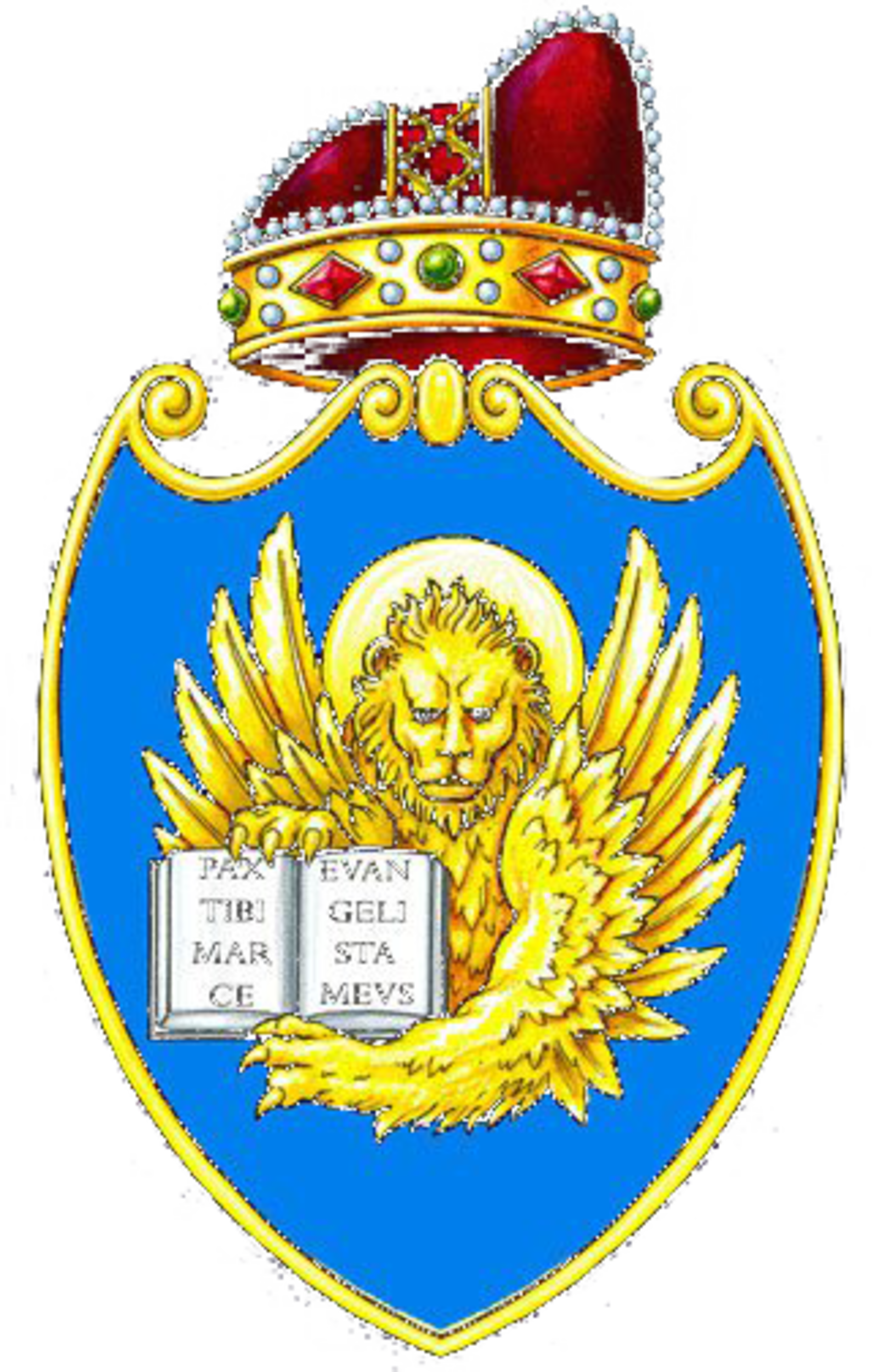Venetian Republic
In the mid 18th c. The Venetian Republic was no longer a Mediterranean power. Instead, it turned to expansion in its continental hinterland. However, due to the rise of neighboring powers, its survival, i.e. disappearing from the map of Europe, will only become a matter of time.

Coat of arms

Shirt
| Position | First name | Last name | Mjesto rođenja | Like | Dislike | |
|---|---|---|---|---|---|---|
| GK | Danijel | SUBAŠIĆ | Zadar |
70 |
5 |
|
| GK | Federico | MARCHETTI | Bassano del Grappa |
3 |
0 |
|
| GK | Lovre | KALINIĆ | Split |
37 |
5 |
|
| DC | Alessandro | BASTONI | Casalmaggiore |
3 |
1 |
|
| DC | Duje | ĆALETA CAR | Šibenik |
6 |
2 |
|
| DC | Luca | ROSSETTINI | Padova |
2 |
0 |
|
| DLC | Antonio | MILIĆ | Split |
14 |
1 |
|
| DRL | Davide | CALABRIA | Brescia |
3 |
2 |
|
| DR | Christian | MAGGIO | Montecchio Maggiore |
2 |
1 |
|
| DR/MR | Darijo | SRNA | Metković |
13 |
10 |
|
| DL | Ivan | STRINIĆ | Split |
30 |
6 |
|
| DMC | Andrija | BALIĆ | Split |
12 |
0 |
|
| DMC | Filip | BRADARIĆ | Split |
4 |
1 |
|
| MC | Andrea | POLI | Vittorio Veneto |
3 |
2 |
|
| MC | Bryan | CRISTANTE | San Vito al Tagliamento |
2 |
1 |
|
| MC | Daniele | BASELLI | Manerbio |
2 |
1 |
|
| MC | Luka | MODRIĆ | Zadar |
90 |
8 |
|
| MC | Ricardo | MONTOLIVO | Caravaggio |
3 |
2 |
|
| MC | Roberto | GAGLIARDINI | Bergamo |
3 |
2 |
|
| AMC | Franko | ANDRIJAŠEVIĆ | Split |
11 |
2 |
|
| AMRL | Ivan | PERIŠIĆ | Split |
80 |
5 |
|
| AMRL | Nikola | VLAŠIĆ | Split |
41 |
3 |
|
| FRLC | Ante | REBIĆ | Split |
41 |
1 |
|
| FRLC | Duje | ČOP | Vinkovci |
12 |
4 |
|
| FRLC | Manolo | GABBIADINI | Calcinate |
4 |
1 |
|
| FC | Alberto | PALOSCHI | Chiari |
0 |
0 |
|
| FC | Andrea | BELOTTI | Calcinate |
5 |
3 |
|
| FC | Ivan | SANTINI | Zadar |
22 |
5 |
|
| FC | Nikola | KALINIĆ | Split |
48 |
11 |
|
| FC | Stipe | PERICA | Zadar |
14 |
2 |
Today part: northeastern Italy and parts of coastal Dalmatia in present-day Croatia
The rise of the Ottomans in the Mediterranean, the relocation of trade to the oceans, the rise of Spain, the control of river flows to the Adriatic in its hinterland, and numerous other reasons turned the Venetian Republic to conquests on the continent. Thus, by the end of the 18th century Venice would be in constant conflict with many Italian cities, the Pope, the emperors of the Holy Roman Empire, the French kings, etc. Also, through the 17th century Venice was no longer a large Mediterranean power, and its presence was diminished by strong Dutch and French competition. At the same time, from the mid-17th c. to the first half of the 18th c. there were a series of Ottoman-Venetian wars, along their entire border, from Dalmatia in the north to the Peloponnese in the south. In the Cretan war (1645-1669), the Republic lost the strategically important island of Crete, which represented the last piece of the Venetian empire built in the Eastern Mediterranean. The losses in the Kandy War will be sought by Venice to compensate for the Morei (or Peloponnesian) war (1684-1699), which was part of the Great Liberation War initiated by the members of the Holy League after the Battle of Vienna in 1683.
The territorial advantages deriving from the Holy League (1699 and 1718) were short-lived. On the other hand, the constant legacy of that time became the increased pressure of Vienna on the Balkan Peninsula and the Adriatic and the increasing competition that Venetian trade suffered from the rise and development of the Habsburgs Trieste and Rivers. During the 18th century, the Venetian Republic survived only because of the tolerance of her neighbors, who did not respect her territory when passing her armies, but did not even want to destroy her independence for fear of sharing her remains. The final fall of the Republic comes after the march of the revolutionary French army, when its areas are taken over by the Habsburgs by mutual agreement.
Sources
- Charles DIEHL, Mletačka republika, Zagreb, 2006.
- Giuliano PROCACCI, Povijest Talijana, Zagreb, 1996.
- Coat of arms: https://exarandorum.wordpress.com/2013/04/24/coat-of-arms-of-the-republic-of-venice/
